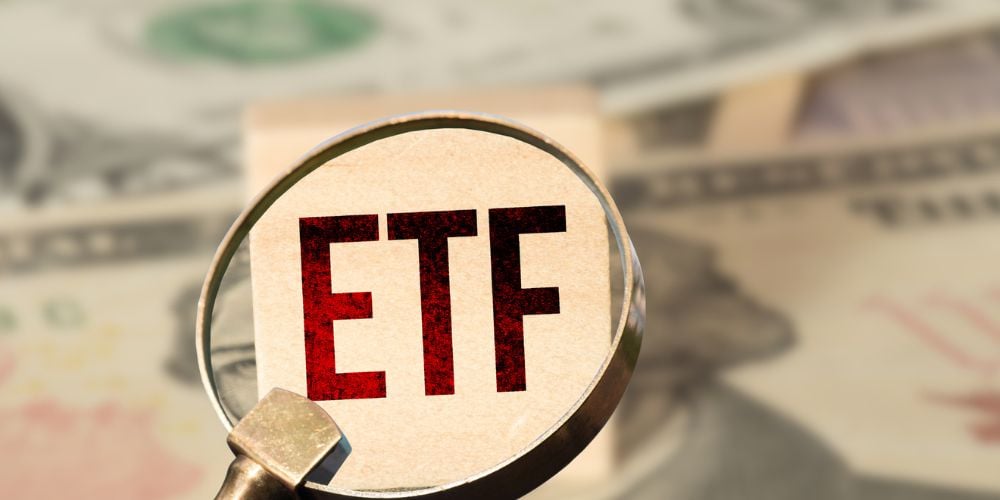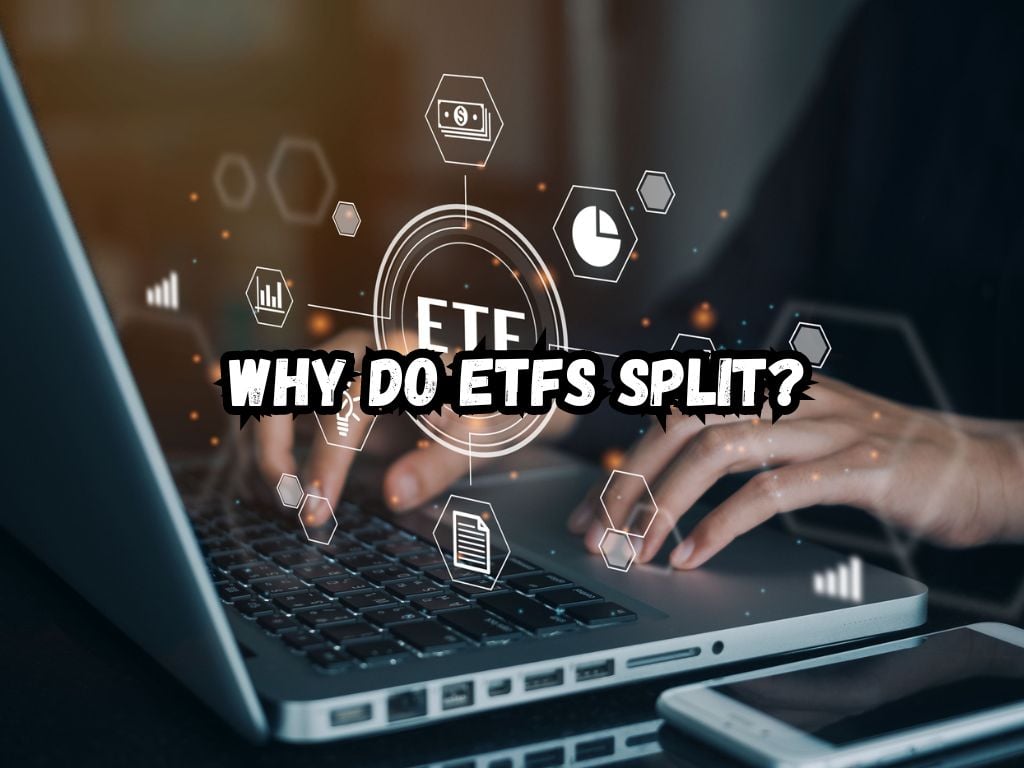ETFs, or Exchange-Traded Funds, have gained popularity among investors due to their ease of trading and diversification benefits.
However, as an ETF investor, you may have come across the term “ETF share split” and wondered what it means for your investment.
In this article, we will demystify why do ETFs split, explain why they occur, and explore their impact on your portfolio.
Why Do ETFs Split?
ETFs split their shares to maintain a reasonable share price, improve liquidity, and attract institutional investors.
Unlike individual stocks, which typically split to make shares more affordable for retail investors, ETFs split their shares to adjust for market demand, maintain trading volumes and increase institutional investor interest.
When ETFs’ share prices become too high, they can become less attractive to investors, causing liquidity challenges for the fund and inhibiting new investments.
Splitting shares allows ETFs to adjust their share prices accordingly and attract new investment while preserving their liquidity.

ETF share splits offer certain benefits but also come with potential drawbacks for investors. On one hand, share splits can increase liquidity, improve trading volumes, and make the ETF more attractive to potential buyers.
On the other hand, share splits may indirectly signal that the ETF has become overvalued or is facing some form of negative market sentiment.
When an ETF announces a share split, it typically provides a split ratio, indicating the number of new shares shareholders will receive for each existing share held.
For example, a 2-for-1 split means shareholders will receive two new shares for every share they own. This split ratio directly influences the number of outstanding shares.
To execute a share split, the ETF’s sponsor or issuer increases the number of shares outstanding and reduces the per-share price proportionally. For instance, if an ETF announces a 2-for-1 split, the share price would be halved to maintain the same total market value. This means that the value of your investment remains the same, although the number of shares you hold will double.
Case studies of recent ETF share splits indicate that the split ratios vary from 2-for-1 to even higher ratios, such as 10-for-1, depending on the ETF and its market conditions. These splits aim to strike a balance between maintaining a reasonable share price and aligning with investor expectations.
The impact of an ETF share split on shareholders primarily relates to share price, portfolio valuation, and dividend payouts. Understanding these effects will help you make informed decisions about your investment strategy.
After a share split, the share price is adjusted to reflect the new, lower price per share. While the market capitalization remains the same, investors may perceive a lower-priced ETF as more affordable, potentially attracting increased demand.
However, remember that the overall value of your investment remains unchanged since the number of shares you hold increases proportionally.
Dividend Payouts and Distribution Rates
ETF share splits do not impact the dividends earned per share. However, the split may result in a lower per-share dividend amount.
This is because the dividends earned by the ETF are distributed across a larger number of shares due to the split. As a result, the dividend per share decreases, while the total dividend received by shareholders remains the same.
As an investor, it’s essential to navigate ETF share splits effectively to maximize returns and mitigate potential risks. Consider the following strategies and tips when faced with an ETF share split:
Recognizing Warning Signs and Announcements: Stay informed about ETF announcements and be aware of any share split announcements. Monitor the ETF’s official website, news sources, and financial publications to ensure you are aware of any upcoming share splits.
Evaluating Potential Risks: Although share splits can create short-term trading opportunities, you should evaluate the potential risks associated with an ETF share split.
Consider factors such as the ETF’s underlying assets, historical performance, and market conditions to make an informed decision.
Diversification Before and After Share Splits: Review your investment portfolio before and after an ETF share split to ensure proper diversification. Take into account the potential impact of the share split on your overall asset allocation and consider rebalancing if necessary.

How often do ETFs split?
ETF share splits are not as frequent as stock splits. They occur when the fund’s sponsor deems it necessary to adjust the share price to maintain liquidity or attract institutional investors. The frequency of share splits varies among ETFs and is primarily driven by market conditions.
Can ETF splits affect the overall value of an investment?
No, ETF share splits do not impact the overall value of an investment. While the number of shares increases proportionally, the share price adjusts accordingly, leaving the total investment value unchanged.
Generally, ETF share splits do not have immediate tax implications. However, if an investor decides to sell some or all of their shares after a share split, any capital gains or losses will be subject to tax regulations.
While ETF share splits do not directly impact the total dividend income received, the per-share dividend amount may decrease after a split. This is because the dividend is distributed across a larger number of shares.
If you are considering investing in ETFs, here are a few tips to optimize your returns:
Examine the underlying asset
Understanding the underlying properties and the composition of the ETF will help inform your investment decision. It is essential to evaluate the sector, geographical composition, investment strategies, and other criteria that influence the ETF before investing.
Evaluate Historical Performance
Investors should examine the historical performance of the ETF, paying close attention to whether it has a track record of share splits or is exhibiting price abnormalities.
Monitor Announcements
Keep track of the ETF and any share split announcements that may occur. Announcements may come a few days before the split occurs, giving investors ample time to adjust their portfolios and make informed investment decisions.
Seek Professional Advice
If you’re unsure about how the ETF share split may impact your specific investment strategy, consider seeking advice from a financial advisor or investment professional.
They can provide personalized guidance based on your goals and risk tolerance.
Conclusion
Understanding ETF share splits is crucial for investors seeking to make informed decisions.
By grasping the rationale behind ETF share splits, evaluating their impact on your investment, and implementing effective strategies, you can navigate the world of ETF investing more confidently.
Stay informed, diversify your portfolio, and seek professional advice when needed to optimize your investment returns.


 Tags:
Tags:










